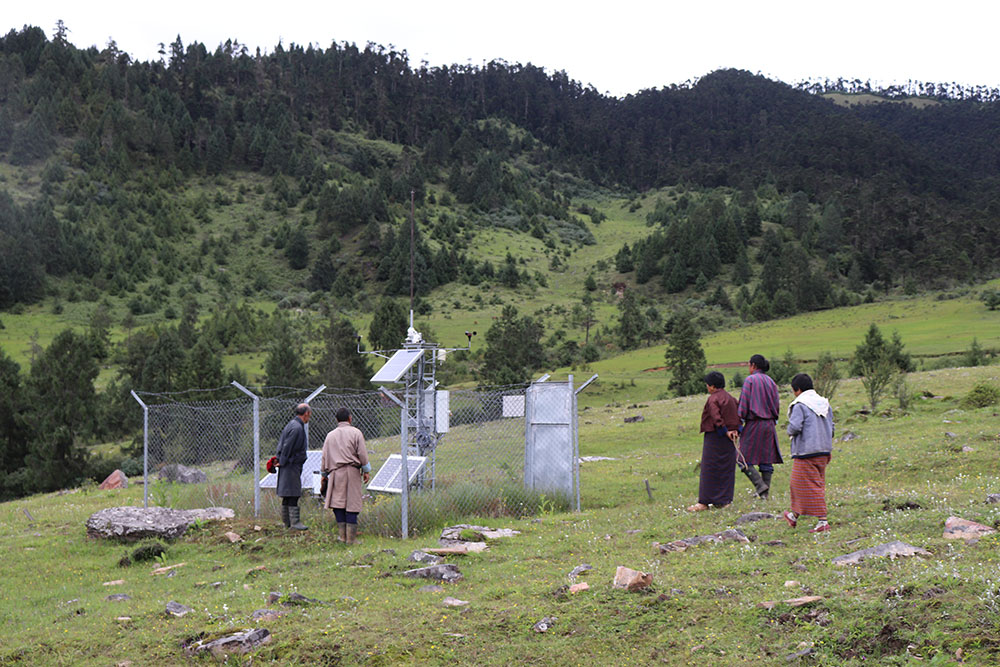Yangyel Lhaden
Iron Female Ox Year-Renewable energy: Bhutan has huge potential in renewable energy but it imports energy during the lean season. While it produces energy from renewables, 78 percent of the country’s energy consumption is met by fossil fuel, largely for the transportation sector.
The year of the Female Ox has witnessed a major shift in embracing solar energy through solar farms, pilot demonstration of solar energy, electrification of Aja Ney with solar energy and the National Assembly endorsing to join in International Solar Alliance.
However, the renewable energy department (DRE) had to forego establishing a 30 megawatt (MW) plant in Shingkhar, Bumthang after it could not obtain community clearance. The department identified 114 acres out of 800 acres available pastureland to construct 80,000 solar panels but in vain. Shingkhar villagers were reluctant to part with their pasture land.
The ministry decided to construct the first solar power plant of 17 MW at Sepyhu, Wangdue this year. DRE has also identified seven sites that have a capacity to generate 308 MW.
DRE launched the first 180 kilowatt (KW) solar power plant in Rubesa, Wangdue. The first of its kind as the energy generated from the plant is feeding electricity into the national grid for distribution.
For the first phase of renewable energy demonstration, DRE launched an 11.7-kilowatt grid-tied solar photovoltaic car park which supplies energy to a building to complement energy from hydropower and solar water heating system to heat water which is connected to the economic affairs ministry’s canteen.
The initiative was to gather data and study the impact of solar energy.
Aja Ney under Shermuhung gewog in Mongar is the first place in the country to get electricity from the Solar photovoltaic system of 80 KW. It falls under Bumdeling Wildlife Sanctuary and to electrify by hydropower was dropped in earlier two Plans.
The pandemic hampered the electric vehicle (EV) project which aims to replace 300 taxis by the end of the year as it delayed the arrival of the vehicles. As of February, this year, there are 71 EVs through the project.
Through the project, 25 charging stations were installed in 15 locations across six dzongkhags- Thimphu, Paro, Punakha, Haa, Chukha, and Wangdue. The government also approved Nu 69M to co-fund the project and install charging stations. By end of this year, the remaining 14 dzongkhags would have two charging stations each.


